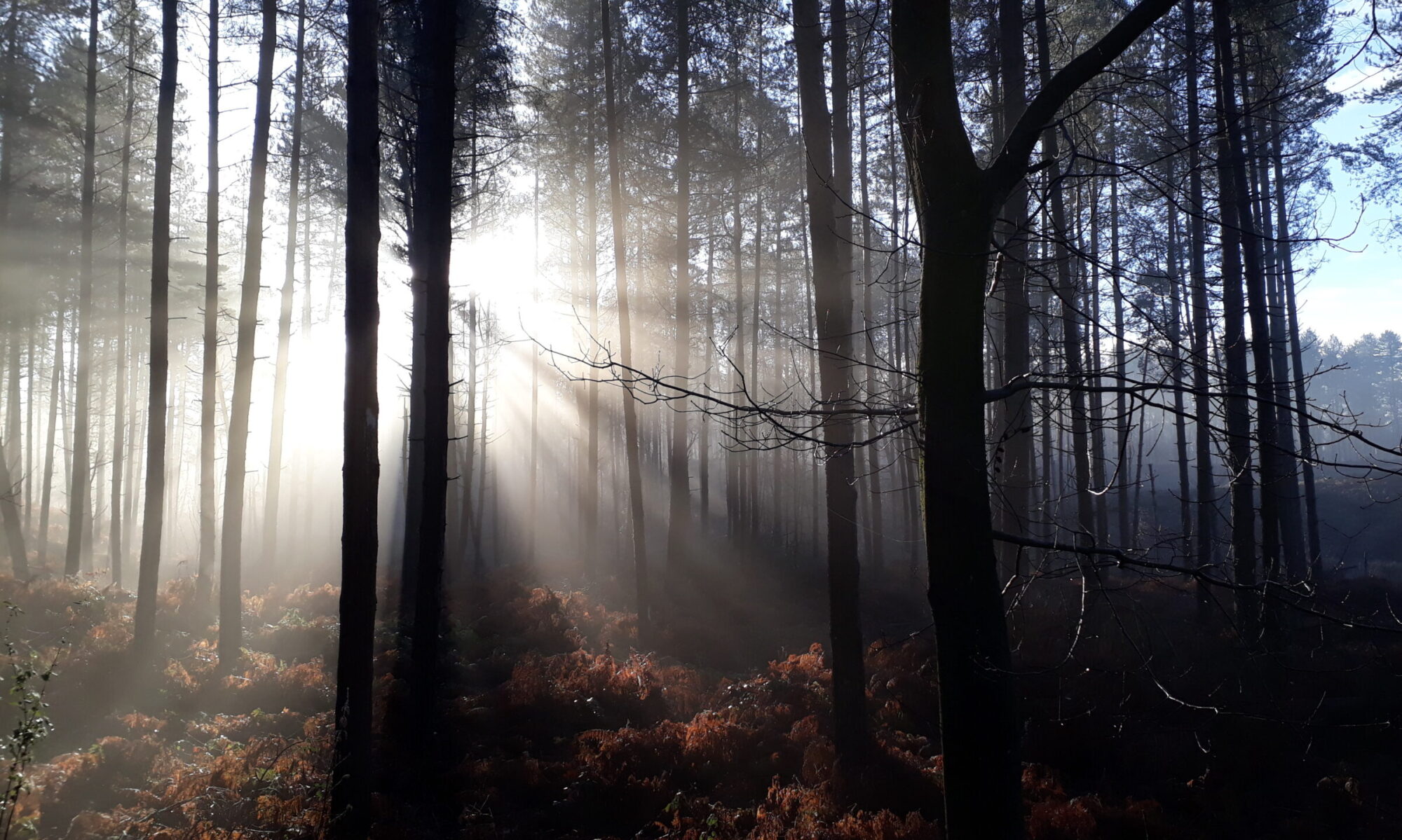
On a foraging course this autumn, we visited a 550-year-old sweet chestnut. It’s an astonishing tree, twisted and spreading wide like something straight out of a fairytale. Knobbly enough to be easy to climb – and rewarding the intrepid with a good view of a beefsteak fungus, though this one was a bit small to harvest for our group cook-up.
The chestnut’s trunk was vast. I reckon it would have taken at least half a dozen people reaching round to encircle it. Many of its branches had dead limbs and splits riven with grooves and swirls as if they had been sandblasted, but its leaf cover was still that special fresh green that only the sweet chestnut maintains all summer long and its nut yield was bountiful though they were the small nuts of a northerly climate beyond its natural range.
It got me thinking of a book I’d been reading on forest bathing, in which the author asks readers to think back to their own memories of trees. Of trees that were special in a way they can be only for children. Not necessarily the biggest, or oldest, or prettiest, but the ones that shaped our interactions with the natural world.
Trees like the willows with horizontal trunks reaching out over Budworth Mere beside the path at Marbury Country Park in Cheshire. Trunks my brother and I balanced out along, feeling so daring, so adventurous as the surface of the lake beckoned.
Trees like the staghorn sumac in the garden of friends. It was one of those situations where the back corner of their garden bordered the back corner of ours so a gate had been installed. The sumac was in their front garden and we used to line up sitting along a branch, me and my brother and the two other kids. I was the youngest.
Now I think about it, I can’t imagine a staghorn sumac ever being big enough for four kids to sit in and I wonder if my memory is quite right. But I distinctly remember those big fuzzy red seedheads so perhaps our sitting tree was next to a sumac.
There were the cherries that lined the edge of the cemetery on the way to primary school and gave a glorious show of pink exuberance in May, before the blossoms turned brown and slimy and coated the pavement. The trees – unknown species but I would guess sycamore – on the other edge of the cemetery which deposited a layer of browny red leaves over the pavement well worth a good kicking in the autumn. There was either less dog poop around then or I was too young to worry about it.
It wasn’t all fun and games. There was a tree I insisted on climbing on a primary school residential trip to Delamere Forest – keen to show off my tomboy status – and in which I ignominously got stuck and from which I had to be rescued by the teacher. The shame.
Do you remember a special tree from your childhood? A good climber in your garden or a great source of conkers in the local park?
The book is M Amos Clifford, Your Guide to Forest Bathing: Experience the Healing Power of Nature.
The tree is at Chirk Castle, near Wrexham, North East Wales, and they know how old it is because there are records of tree planting on the estate.
